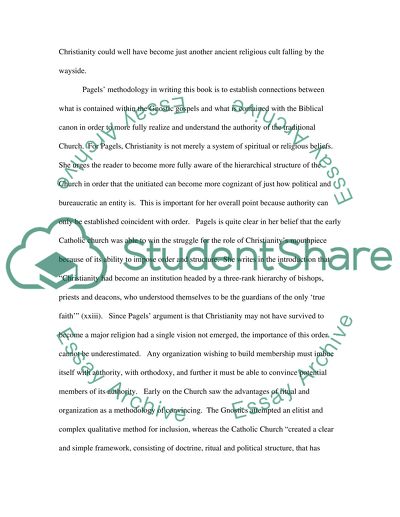Cite this document
(“The Gnostic Gospels and Church Authority Book Report/Review”, n.d.)
The Gnostic Gospels and Church Authority Book Report/Review. Retrieved from https://studentshare.org/religion-and-theology/1509956-the-gnostic-gospels-and-church-authority
The Gnostic Gospels and Church Authority Book Report/Review. Retrieved from https://studentshare.org/religion-and-theology/1509956-the-gnostic-gospels-and-church-authority
(The Gnostic Gospels and Church Authority Book Report/Review)
The Gnostic Gospels and Church Authority Book Report/Review. https://studentshare.org/religion-and-theology/1509956-the-gnostic-gospels-and-church-authority.
The Gnostic Gospels and Church Authority Book Report/Review. https://studentshare.org/religion-and-theology/1509956-the-gnostic-gospels-and-church-authority.
“The Gnostic Gospels and Church Authority Book Report/Review”, n.d. https://studentshare.org/religion-and-theology/1509956-the-gnostic-gospels-and-church-authority.


